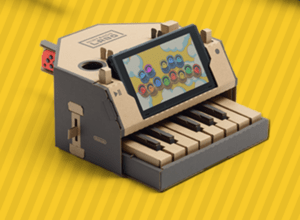Write a blog post about your learnings and understanding of Industrial design prototyping. Do some research on the future of prototyping and give examples of where you think prototyping will go in the future.
A year ago I didn’t know that prototyping in scale is that important, I guess I have imagined prototyping process as the following: idea -> sketches -> CAD (or other digital platform) model
and at this point people could imagine with the power of their mind how successful product is and rethink its appearance/functionality
-> manufacture.
however, as I was getting more acquainted with prototyping, I grew more and more fond of it and its ability to reveal flaws (or benefits) that could be only discovered by directly interactive with a full-scale object.
the only thing that kind of bothers me is the material. in most cases substituting materials or finding ways to reuse old stuff that has the needed bits of material might work, however if, lets say a person is designing something that, ideally, is going to be made of glass. what then? if it has a complex shape there is no way you can make prototype that could be representative of the actual interaction with a glass object as, for example, plastic is way lighter, along with cardboard or paper or even some light metal (last two have drastically different texture). so, i guess, sometimes rapid prototyping per se might not be useful at all and as a high-fidelity one.
as for the future of prototyping, I believe as good User Experience design is valued more and more, prototyping that involves getting qualitative feedback from a pool of testers will advance. this stage prototyping, as far as I understood, is called “Live prototyping” and, according to this article it gets more valued every day. indeed, if you think about it, in a such saturated market as we have now, the most important thing for a product is to be easy and comfortable to use, along with being visually appealing. Before it was mere functionality that could sell.
